-
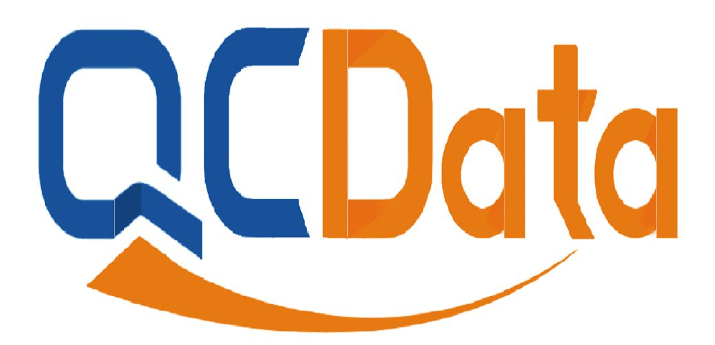
We know that data quality control is an essential part of online research, follow this guide to learn the on-line data collection and quality control, improving your processes and collect better responses. Overview of Quality Control MethodsProduct quality is the degree to which its quality characteristics meet customer needs. Quality control is to take certain measu......
2022.9.19Published by WLPRead More -

The competition in the textile market has become more severe, and the export of foreign trade has become more and more inward. In view of the current certification of many textile products, many enterprises are hesitant. Customers can not make a few orders a year, and the costs of certification can not be earned. Is it necessary to do it? Yes, if we only consider the certified orders, there may not be such a large quantity for the time being. However, if we look at the issue of certification from another perspective, assuming that......
2022.8.31Published by WLPRead More -
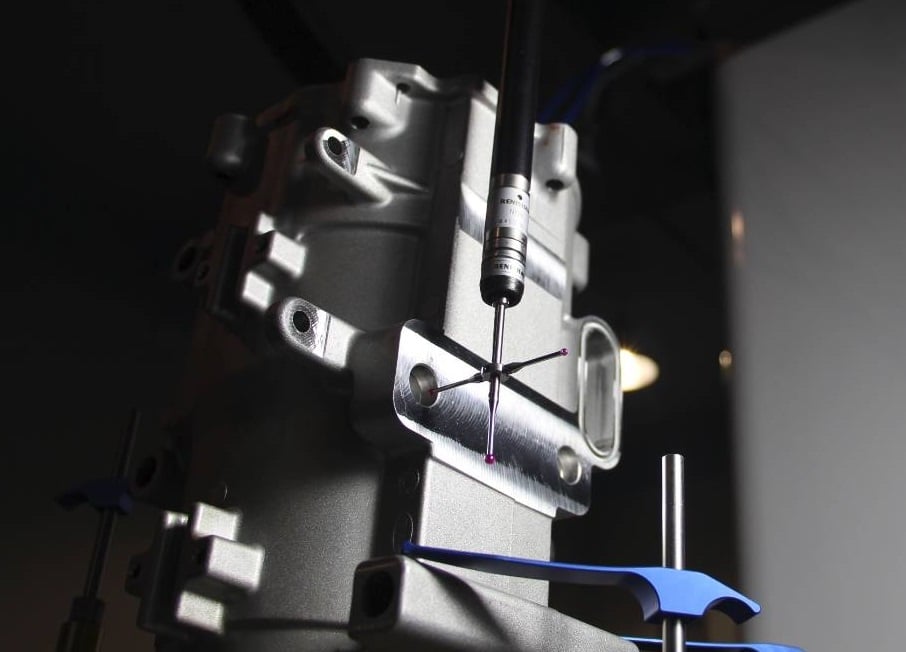
What do you know about GRS and RCS? Now this article list 8 questions to help you fully understand GRS & RCS certification. 8 FAQs About GRS & RCS Certification1. What is the current market recognition of GRS / RCS certification? Which enterprises can apply for certification?GRS certification has gradually become the future trend of enterprises and is highly......
2022.8.31Published by WLPRead More -
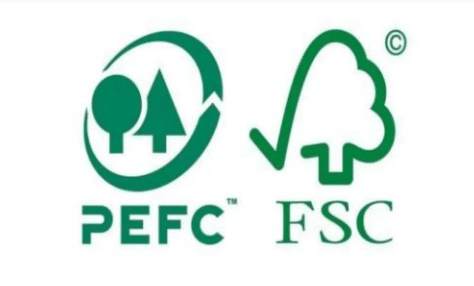
FSC and PEFC are both European initiated certification. However, PEFC requires stricter requirements. PEFC requires that wood and lumber are imported from abroad. For FSC certification, wood and lumber can be domestic manufacturers and forest farms that have obtained FSC certification qualification. The Difference Between PEFC and FSCFSC and PEFC are both European in......
2022.8.30Published by WLPRead More -

The so-called reverse engineering technology is to 3D scan the physical prototype, data acquisition, through data processing, coordinate dimensional reconstruction, and other processes, to construct a three-dimensional model with the same shape and structure. Then, innovation is achieved by copying the prototype or redesigning it on the basis of the prototype. Therefore, reverse engineering is not a simple 3D scanning and copying process. The purpose of reverse engineering is to use physical objects to obtain point clouds and optimize and innovate designs based on point clouds. Of course......
2022.8.19Published by YLRead More -
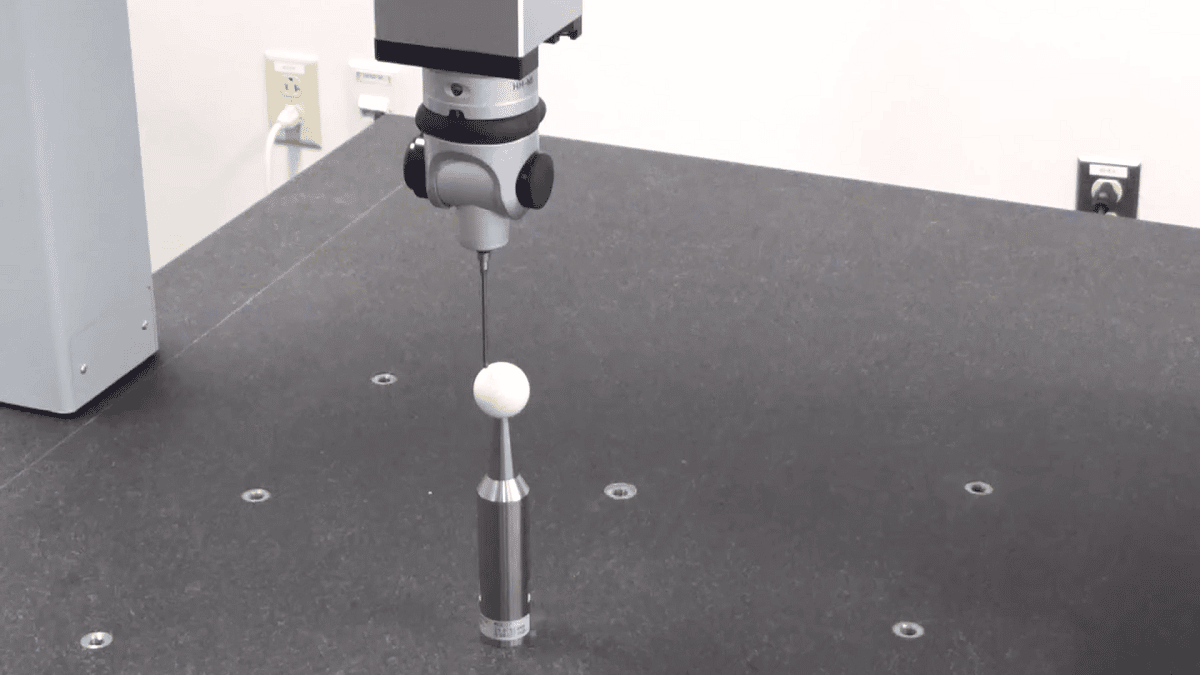
Probe calibration is the basis to ensure the measurement accuracy, the main factors causing error in the process of probe correction are: the bending deformation of the probe, the position of the contact point when the probe is corrected, the measurement force, the touch speed and the detection distance, etc., the smaller the measuring force, the lower the accuracy, a certain measurement force and speed measurement should be selected for correction, and the appropriate detection distance should be selected to ensure the accuracy of the correction. CMM Probe Calibration Is Mai......
2022.8.19Published by YLRead More -
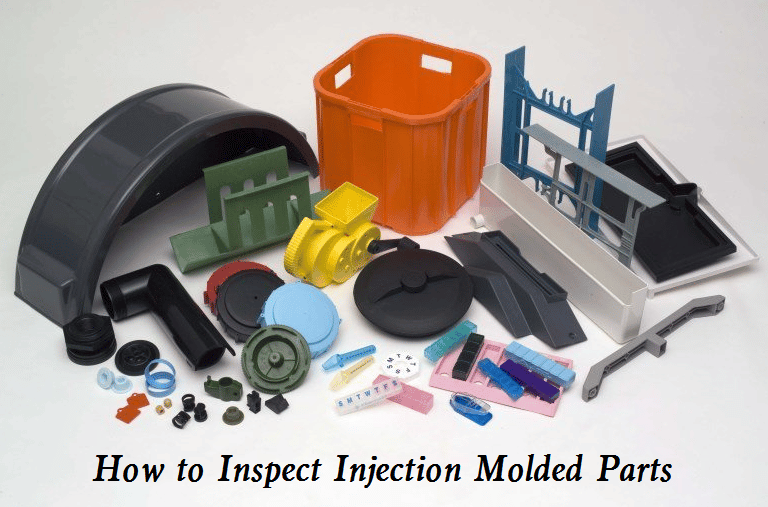
After the plastic part is ejected from the injection mold, we need to use the correct method to test the plastic part to ensure that it can meet the design and application requirements. What methods are used to inspect the quality of injection molded parts in the plastic injection molding industry? How to Inspect Injection Molded Parts – 5 Quality Check Methods in Plastic Injection Molding Visual checkIn addition to general visual inspection, sometimes enhanced visual inspection methods are also used, such as a microscope or industrial CT to detect suspected defective pr......
2022.8.18Published by LJCRead More -
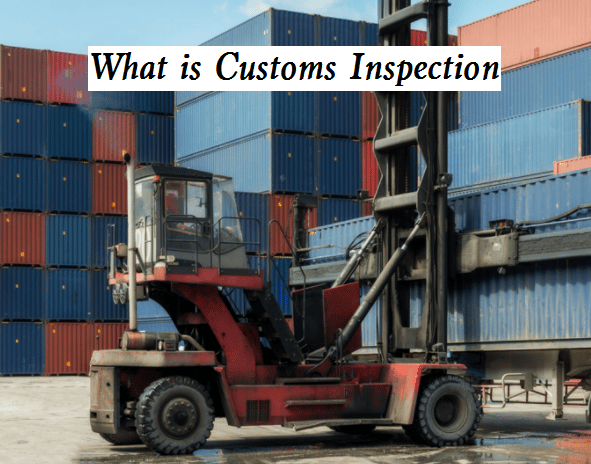
Customs inspection is an essential step of freight transport. What is customs inspection, how does it work and how to do it? This article is going to take a look at the overview of the customs inspection with all details. What is Customs Inspection? Customs inspection refers to the administrative law enforcement act of the customs to actually inspect the goods after receiving the declaration of the customs declaration unit, in order to determine whether the nature, origin, condition, quantity, and value of the inbound and outbound goods are consistent with the detailed content......
2022.8.18Published by LJCRead More